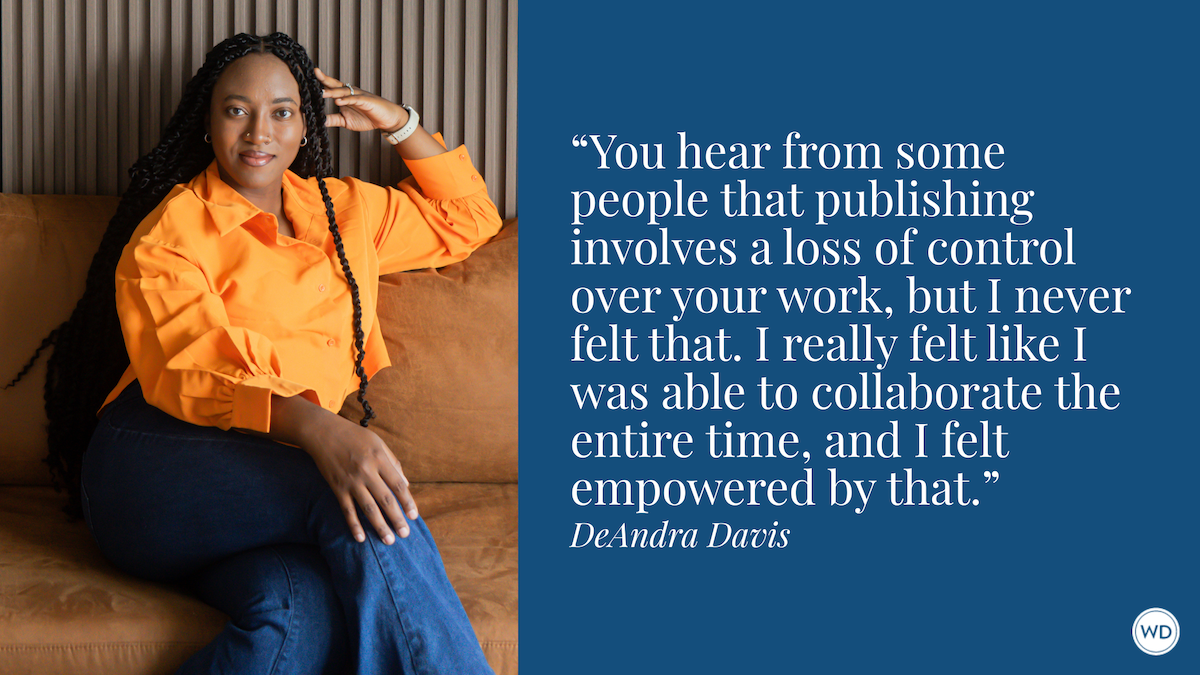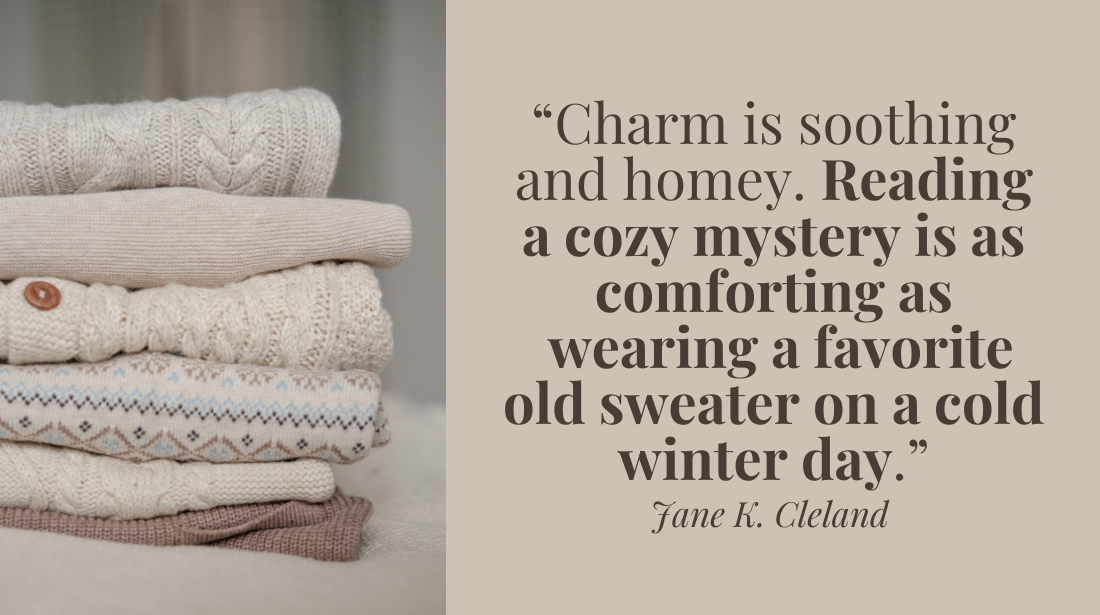Why We Should Read Middle Grade Fiction as Adults
Young Adult fiction has surpassed its own demographic by being acceptable to read at any age. Why have we left middle grade fiction out of that equation? Here’s why we should be reading middle grade fiction as adults and as writers.
As readers, we’ve collectively decided that it’s perfectly acceptable to read young adult fiction at any age, and that's as it should be. Perhaps this is, in part, due to YA books accessibility across media, with many popular YA books and series being turned into movie franchises, TV shows, and miniseries. There’s no shortage of ways to engage beyond the page and, frankly, that makes reading YA a lot of fun. And in the end isn’t that the point—to have fun? There should be no age restriction on reading what you want to read.
So why doesn’t middle grade fiction get the same treatment?
If you’d have asked me two years ago what my favorite genres were, middle grade wouldn’t have been on the list. Though I like to read a little bit of everything, I primarily read and love literary fiction, and will sometimes deviate into YA if there’s buzz around a particular book—but for years I hadn’t even thought about middle grade fiction since I was, well, a middle grader myself.
Then I started my podcast, Book It!, with my cohost Jill Burket-Ragase. A friend and former colleague, Jill is a licensed librarian who specializes in middle grade fiction. “I get asked this across the board—teachers, librarians, parents—‘What makes a good middle grade book?’” she says in our episode Middle Grade Matters. “And my answer is, ‘Exactly what makes a good book for a grown up, with characters and situations that relate with kids.’
She adds, “You’re simply making adjustments for age, but you’re not dumbing them down. They employ appropriate voice and vocabulary and realistic situations for being 8-12 [years old], but otherwise, good books are good books.”
It’s this philosophy that had me reaching for middle grade books for the first time since aging out of their key demographic. And in doing so, I found authors telling complex character stories with situations that, while literally relating to children, were not difficult for me to draw parallels to in and around my own life as an adult.
I read and learned about the experience of immigrating to America in Kelly Yang’s Front Desk; about the impact of the Chernobyl disaster in Anne Blankman’s The Blackbird Girls; about the aftereffects of gun violence in Jasmine Warga’s The Shape of Thunder; and about the grief of losing people we love in Tae Keller’s When You Trap a Tiger.
I was ravenous for the next story, and I felt I’d missed out on an entire collection of new books that were just as good, if not better, than the books for adults I’d been reading for years. Their emotional impact stayed with me long after I finished them, and it made me wonder: Why do we stop reading middle grade fiction? True, we no longer belong to the key age group that these books are technically written for, but such is the same for YA. My love for reading wasn’t born from the works of William Faulkner or F. Scott Fitzgerald. It was born from my love of Roald Dahl, Sharon Draper, Margaret Peterson Haddix, and Natalie Babbitt. The books I read in adolescence led me to pursue a life of words. Surely, the same is being made true for children now.
Middle grade deserves to have a spot on our bookshelves and the same ageless audience we’ve awarded to YA. This isn’t to compare the two, but to make room for both. For every heart-pounding dystopian story where teenagers are saving the world, there’s a middle grade book telling us what young people are dealing with here, now, in the world as we know it. The characters in middle grade fiction are directly affected by the world as it is today—gun violence, inequality, climate change, body shaming, bullying, loss, and ultimately hope. If I’m not dialed in to these experiences, then they’ll fall flat in my own writing. Moreover, opening my reading life to middle grade fiction made a positive impact on the stories I write for adults—but of course. Children exist in the same world that I do. For me to assume I can learn nothing from them is to discredit their experiences and the books written about them.
So if you’re looking for permission to peruse the middle grade section of your favorite bookstore or library, then permission granted. Ask children’s librarians and booksellers for their recommendations. If you have children, read what they’re reading. These books are building tomorrow’s writers. We ought to know what’s inspiring them.
Michael Woodson is the content editor at Writer's Digest. Prior to joining the WD team, Michael was the editorial and marketing manager for the independent children's book publisher Blue Manatee Press. He was also the associate editor for Artists Magazine and Drawing magazine, and has written for Soapbox Cincinnati, Watercolor Artist, and VMSD magazine. An avid reader, Michael is particularly interested literary fiction and magical realism, as well as classics from Jane Austen, Ernest Hemingway, and E.M. Forster. When he's not reading, he's working on his own stories, going for a run at his favorite park, or cuddling up to watch a movie with his husband Josh and their dog Taran.








